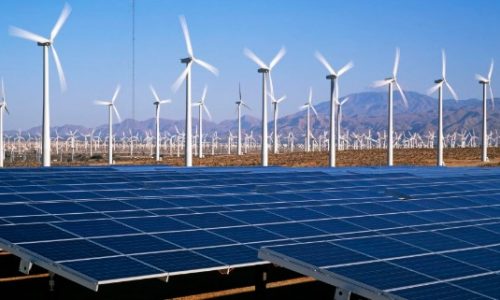The Ministry of Energy and Mineral Resources (ESDM) has teamed up with foreign companies to explore the wind energy potential in Java, assessing the feasibility of building Wind Power Plants (PTBs) in the region.
“Wind potential assessments have already been conducted with foreign companies,” ESDM Minister Arifin Tasrif said on Thursday, August 8, 2024.
The foreign companies utilize satellite technology to identify potential wind movement hotspots along the coast of Java.
In addition to assessing wind potential, this effort also aims to determine the economic viability of developing PLTBs.
Eniya Listiani Dewi, Director General of New, Renewable Energy and Energy Conservation (EBTKE) at the Ministry of ESDM, previously mentioned that Indonesia has a significant wind energy potential of up to 155 gigawatts (GW), but only about 0.1 percent of this potential has been tapped into so far.
“Our wind energy potential is massive. We hope to see the development of both onshore and offshore wind turbines,” Eniya said during the Katadata Sustainability Action For The Future Economy (SAFE) 2024 event in Jakarta on Thursday, August 8, 2024.
The potential for wind power in Indonesia is spread across several regions, including South Kalimantan, South Sulawesi, and Java, particularly in East Java and the southern Java Sea area.
According to a report from the Ministry of ESDM, the installed capacity of renewable energy power plants in Indonesia reached 13,155 megawatts (MW) in 2023. The largest capacity comes from hydropower, totaling 6.784,2 MW, or approximately 51.6 percent of the total installed capacity of renewable energy power plants nationwide.
Below is the complete list of installed capacities of renewable energy power plants in 2023, categorized by energy source:
- Hydropower plants: 6,784.2 MW
- Bioenergy power plants: 3,195.4 MW
- Geothermal power plants: 2,417.7 MW
- Solar power plants: 573.8 MW
- Wind power plants: 154.3 MW
- Coal gas power plants: 30 MW









